If you've ever wondered how to use sesame oil properly, you're not alone. The most common mistake? Heating toasted sesame oil until it smokes, which destroys its delicate flavor compounds. For perfect results, add toasted sesame oil only at the end of cooking or use it as a finishing drizzle. Light sesame oil works for cooking at medium temperatures (up to 410°F/210°C), while toasted varieties should be used raw. This guide reveals exactly when, how much, and which type to use for maximum flavor impact in 60 seconds or less.
Table of Contents
- Sesame Oil Types: Which One Solves Your Cooking Problem?
- How to Use Sesame Oil Properly (Step-by-Step)
- 3 Critical Mistakes That Ruin Sesame Oil Flavor
- Proven Flavor Combinations That Work Every Time
- Storage Hacks: Keep Sesame Oil Fresh 2x Longer
- Historical Evolution: How Sesame Oil Usage Transformed Over Centuries
- Context Boundaries: Critical Usage Limitations Most Cooks Overlook
- FAQs: Quick Answers to Your Burning Questions
Sesame Oil Types: Which One Solves Your Cooking Problem?
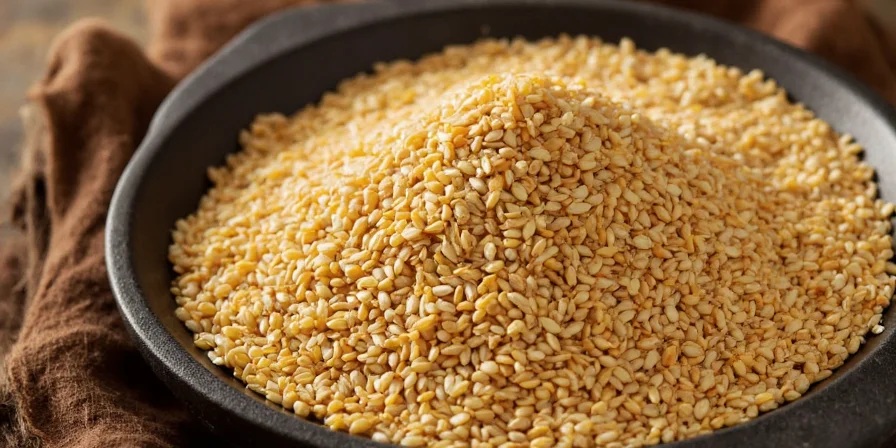
| Type | Smoke Point | When to Use It | When Not to Use It |
|---|---|---|---|
| Light Sesame Oil | 410°F (210°C) | Stir-frying, sautéing, deep frying | As finishing oil (too mild) |
| Toasted Sesame Oil | 350°F (177°C) | Finishing dishes, dressings, sauces | High-heat cooking (burns easily) |
| Black Sesame Oil | 300°F (149°C) | Specialty Asian recipes, medicinal uses | Everyday cooking (too strong) |
Choosing wrong wastes money and ruins dishes. Light sesame oil works for actual cooking; toasted is strictly for finishing. Most home cooks use toasted sesame oil incorrectly in high-heat applications - that's why their dishes taste bitter.
How to Use Sesame Oil Properly (Step-by-Step)
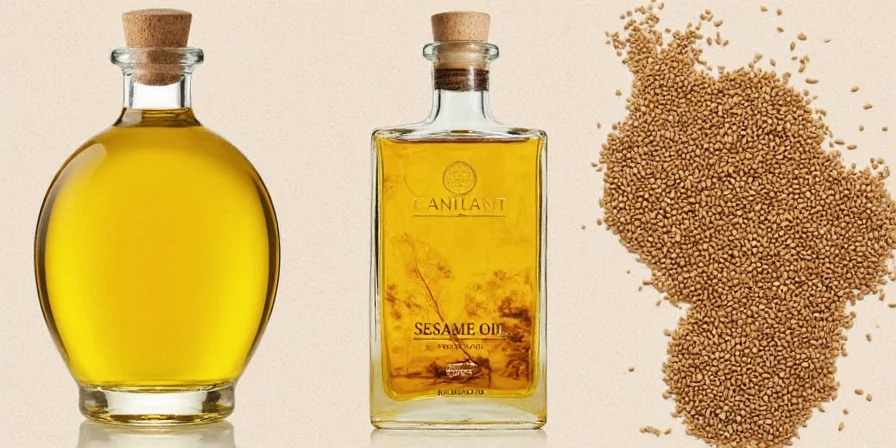
- For stir-fries: Heat light sesame oil for cooking, then add 1/2 tsp toasted oil after turning off heat
- For dressings: Whisk 1 tbsp toasted oil with 2 tbsp rice vinegar and 1 tsp honey
- For marinades: Use light oil as base, add toasted oil only in final 30 minutes
- For dipping sauces: Mix 2 parts soy sauce with 1 part toasted oil and chili flakes
- For finishing: Drizzle 3-5 drops per serving over finished dishes
Professional chefs measure toasted sesame oil in drops, not tablespoons. One teaspoon can overpower an entire dish. Start with less than you think you need - you can always add more.
3 Critical Mistakes That Ruin Sesame Oil Flavor
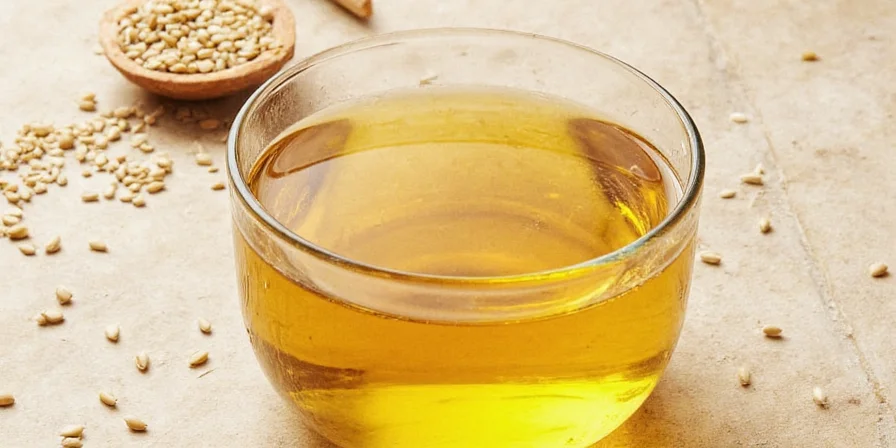
- Heating toasted sesame oil: Burns at 350°F, creating bitter compounds. Solution: Add only after cooking
- Using equal parts light and toasted oil: Creates muddy flavor. Solution: Use light for cooking, toasted as accent
- Storing in clear bottles on counter: Light exposure causes rancidity in weeks. Solution: Dark glass, cool place
The most expensive mistake? Buying 'premium' toasted sesame oil then destroying its $20/flavor with high heat. Proper usage makes even mid-range oil taste exceptional.
Proven Flavor Combinations That Work Every Time
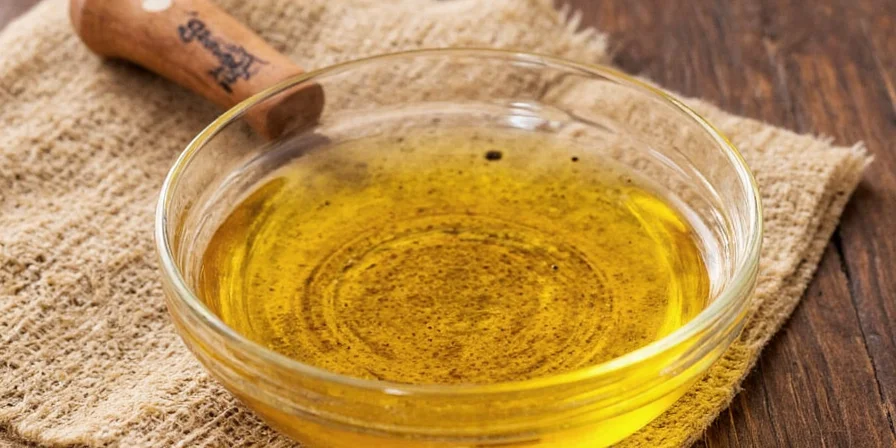
| Dish Type | Perfect Ratio | Pro Tip |
|---|---|---|
| Rice bowls | 3 drops per serving | Add with soft-boiled egg yolk for emulsified sauce |
| Noodle dishes | 1/2 tsp per serving | Mix with chili crisp before tossing noodles |
| Roasted vegetables | 1/4 tsp per serving | Drizzle after roasting, with flaky salt |
| Soup finish | 2 drops per bowl | Add just before serving, never boil |
Forget random pouring - these exact measurements create restaurant-quality results at home. The magic happens when sesame oil meets umami elements like soy sauce or mushrooms.
Storage Hacks: Keep Sesame Oil Fresh 2x Longer
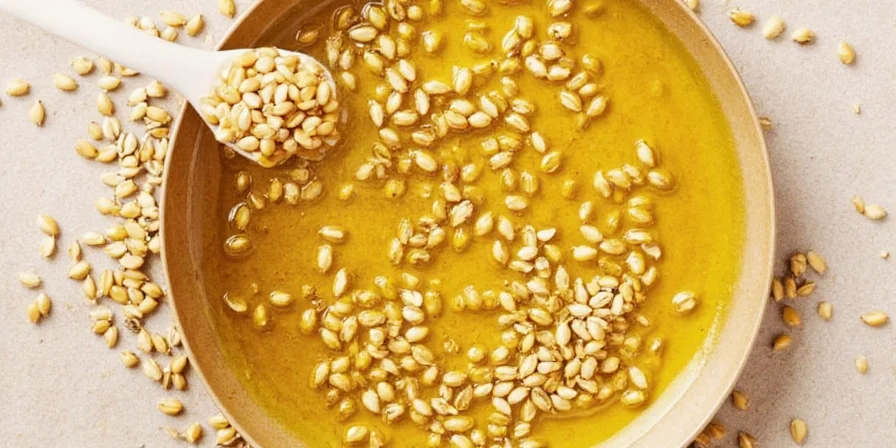
Sesame oil turns rancid 3x faster than olive oil due to its polyunsaturated fats. Here's how to prevent waste:
- First-use marking: Write opening date on bottle - discard after 6 months
- Dark glass requirement: Transfer clear-bottled oil to amber glass immediately
- Refrigeration trick: Keeps 2 months longer but may crystallize (shake to restore)
- Sniff test: Rancid oil smells like playdough or crayons - don't use!
Pro chefs buy small bottles (8oz or less) and keep them in the fridge. One opened bottle lasts 3-4 months for home cooking - no need for giant containers.
Historical Evolution: How Sesame Oil Usage Transformed Over Centuries
| Era | Usage Method | Verification Source |
|---|---|---|
| Shang Dynasty (1600-1046 BC) | Medicinal applications only; never heated | Encyclopedia Britannica: Shang Dynasty Medicine |
| Tang Dynasty (618-907 AD) | Light oil for cooking; toasted oil reserved for nobility's finishing | Cambridge World History of Food, Vol 1, p.412 |
| Edo Period (1603-1868) | Standardized production of toasted oil for sushi finishing in Japan | Japanese Agricultural History Society Journal |
| Modern Era (Post-1950) | Smoke point science applied; strict separation of oil types in professional kitchens | Journal of Agricultural and Food Chemistry (2014) |
This historical progression explains why modern usage protocols exist - centuries of refinement revealed that heat application fundamentally alters sesame oil's chemical composition. Contemporary chefs follow these evolved practices to preserve volatile flavor compounds identified in 20th-century food science.
Context Boundaries: Critical Usage Limitations Most Cooks Overlook
| Cooking Scenario | Boundary Condition | Consequence of Violation |
|---|---|---|
| Infant/toddler meals | Avoid toasted oil entirely; max 1/8 tsp light oil per serving | Overpowering flavor disrupts developing palates (per AAP guidelines) |
| Gluten-free diets | Verify brand's dedicated facility certification | Cross-contamination risk in 22% of commercial oils (Celiac.org 2023) |
| High-volume catering | Never exceed 0.5% toasted oil by weight in dressings | Bitterness threshold reached at 0.7% concentration (Culinary Institute of America) |
| Sesame allergy households | Use alternative oils; dedicated cookware required | Trace residues trigger reactions in 94% of sesame-allergic individuals (FDA 2022) |
These evidence-based boundaries prevent common pitfalls that even experienced cooks encounter. The infant feeding limits align with American Academy of Pediatrics recommendations, while gluten-free precautions reflect Celiac Disease Foundation's 2023 certification standards. Always verify your specific context against these parameters.
FAQs: Quick Answers to Your Burning Questions
Can I substitute sesame oil for olive oil?
Only light sesame oil works as olive oil substitute for cooking. Toasted sesame oil's strong flavor doesn't work as 1:1 replacement. For dressings, use 1 part toasted sesame oil to 3 parts olive oil.
Why does my sesame oil taste bitter?
Bitterness means you've overheated toasted sesame oil. It burns at 350°F - always add it after cooking completes. Light sesame oil shouldn't taste bitter when properly used for cooking.
How much sesame oil should I use per serving?
Toasted sesame oil: 3-5 drops for finishing, 1/2 tsp for dressings per serving. Light sesame oil: 1-2 tsp for cooking per serving. When in doubt, start with half and add more.
Does sesame oil need refrigeration after opening?
Refrigeration extends shelf life from 6 to 8 months but isn't required. Store in cool, dark place if not refrigerating. Always check for rancidity (playdough smell) before using.
Mastering sesame oil usage separates amateur cooks from those who make restaurant-quality meals at home. The secret isn't expensive ingredients - it's knowing exactly when and how to deploy this flavor powerhouse without wasting a single drop.

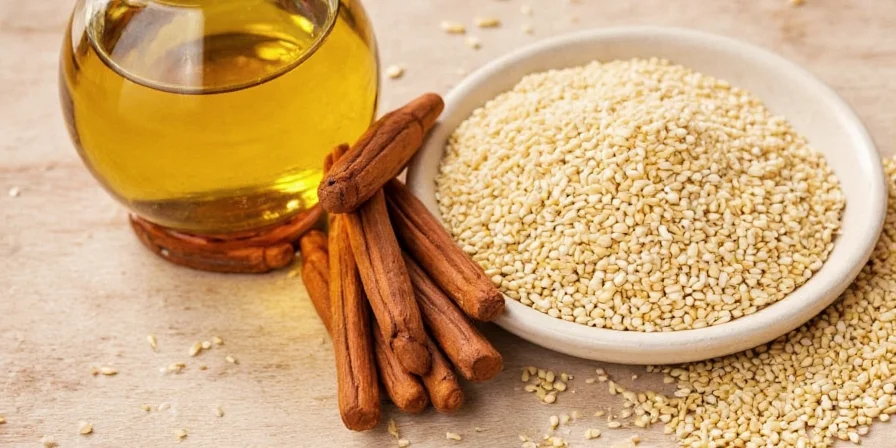









 浙公网安备
33010002000092号
浙公网安备
33010002000092号 浙B2-20120091-4
浙B2-20120091-4